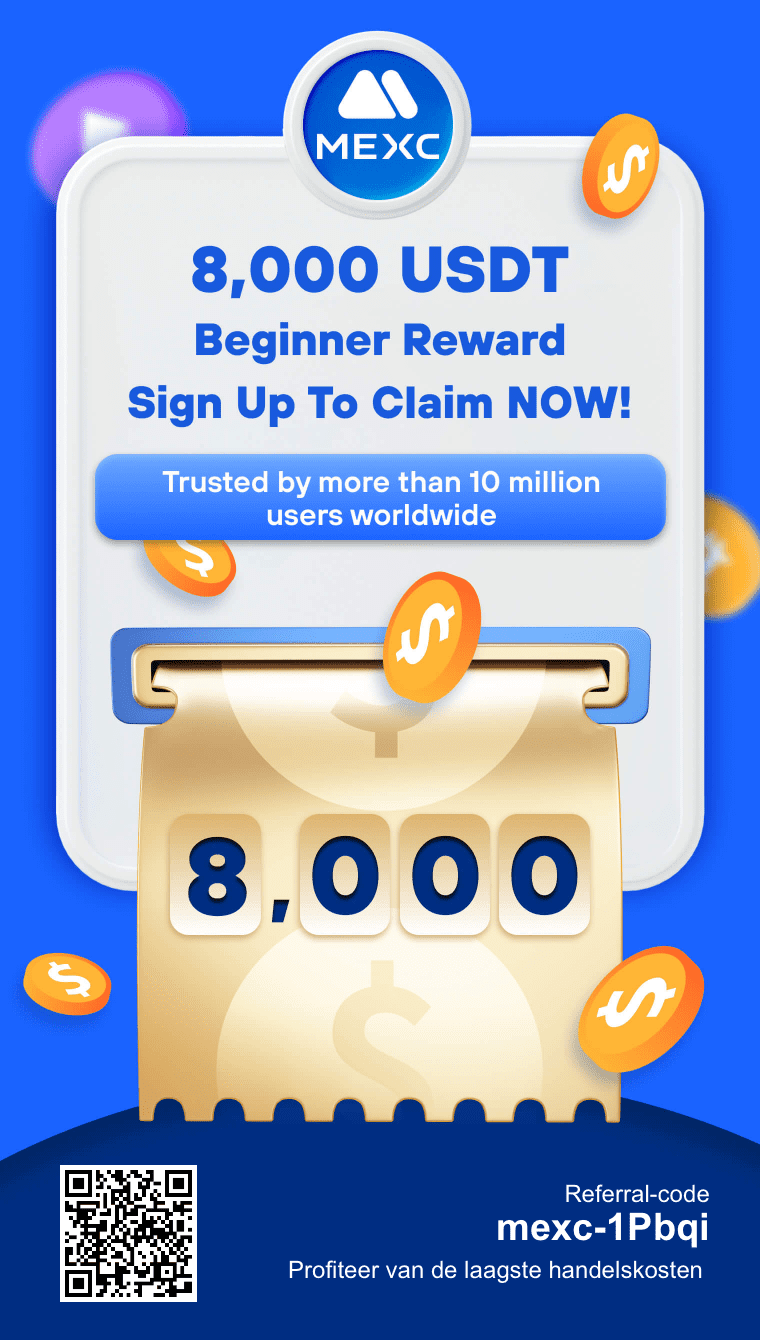The purchasing power of the dollar versus Bitcoin is a topic that’s increasingly appearing in discussions about financial security. While the U.S. dollar was long regarded as a pillar of stability, history shows its purchasing power has steadily declined. Bitcoin, on the other hand, has seen unprecedented growth in value in just fifteen years. This contrast raises important questions about the future of money, inflation, and investing.
The Declining Purchasing Power of the Dollar
Looking at the dollar’s purchasing power since 1930, the trend is clear. In 1930, one dollar could buy exactly one dollar’s worth of goods. Thirty years later, that same dollar was worth only 56 cents in 1930 terms. By 1990, it had dropped to 13 cents, and by 2025, it’s estimated to be worth just 5 cents. The cause? Inflation.
Inflation is the result of an expanding money supply relative to the goods and services available. Central banks create new money to stimulate economic growth or finance debt, but over the long term, this devalues existing currency. The effect is gradual but undeniable: savings lose value over time, and what you can buy today for a certain amount will cost more tomorrow.

How Bitcoin Fits Into This Story
Bitcoin was created in 2009, in the aftermath of the global financial crisis. Its most important feature is a fixed supply of just 21 million coins. While central banks can print unlimited dollars, no one can create extra bitcoins beyond this cap.
That scarcity has driven Bitcoin’s value, measured in dollars, to soar—from less than one cent in 2009 to peaks of nearly $69,000 in 2021. While its price has fluctuated since, the difference from its starting point remains astronomical.
Bitcoin has no central authority, runs on a global network, and is increasingly seen as a hedge against inflation. Where the dollar steadily erodes in value, Bitcoin can potentially preserve or even increase purchasing power—provided demand remains strong.
The Chart That Says It All
A logarithmic chart comparing the dollar’s purchasing power to Bitcoin’s value makes the contrast unmistakable. The dollar’s decline is steady but unavoidable, while Bitcoin shows a steep, almost vertical climb despite intense volatility.
This visual contrast is powerful. It illustrates not only how inflation and currency debasement work over the long term, but also how a deflationary digital asset can evolve in a fiat-money world.
Risks and Caveats
It’s important to note that Bitcoin is no guaranteed path to wealth. Its price is volatile, influenced by market sentiment, regulation, and technological shifts. Where the dollar’s purchasing power declines predictably, Bitcoin’s value can swing sharply in short periods—demanding patience and a strong risk tolerance from investors.
Adoption is still developing. While more companies accept it and institutional investors are entering the space, it remains uncertain how governments worldwide will regulate its use.
What This Means for Your Financial Future
Anyone holding savings in dollars or euros today must factor in inflation. Over the short term, the impact may feel manageable, but over decades it becomes significant. Bitcoin offers an alternative that can potentially protect against currency debasement, but it requires a different mindset than traditional saving or investing.
A balanced approach might combine stable currency for daily transactions with an allocation to Bitcoin or other scarce assets to safeguard long-term purchasing power. The exact mix depends on your risk appetite, financial situation, and investment horizon.
Get €20 FREE at the Most Affordable Crypto Exchange in the Netherlands
Finst gives you the ability to buy and sell crypto quickly and easily—at the lowest fees in the Netherlands. As the only exchange offering a Proof-of-Reserve guarantee, Finst ensures a 1:1 backing of your investments. This makes Finst one of the most trustworthy and secure platforms on the market.
Please note: The promotion in this advertisement is temporary and may be changed or ended at any time. Investing always carries risks, and it’s important to be fully aware of them.
Conclusion
The purchasing power of the dollar versus Bitcoin is a story of two extremes. While the dollar slowly but surely loses value due to inflation, Bitcoin shows how scarcity and demand can drive an asset’s value upward. It’s not about putting everything on one card, but about making conscious choices about where you store your wealth. The history of the dollar and the rise of Bitcoin make it clear that it’s wise to look beyond traditional currencies alone.
Those who learn from the past and remain open to new technology can better protect themselves against the silent killer known as inflation.













